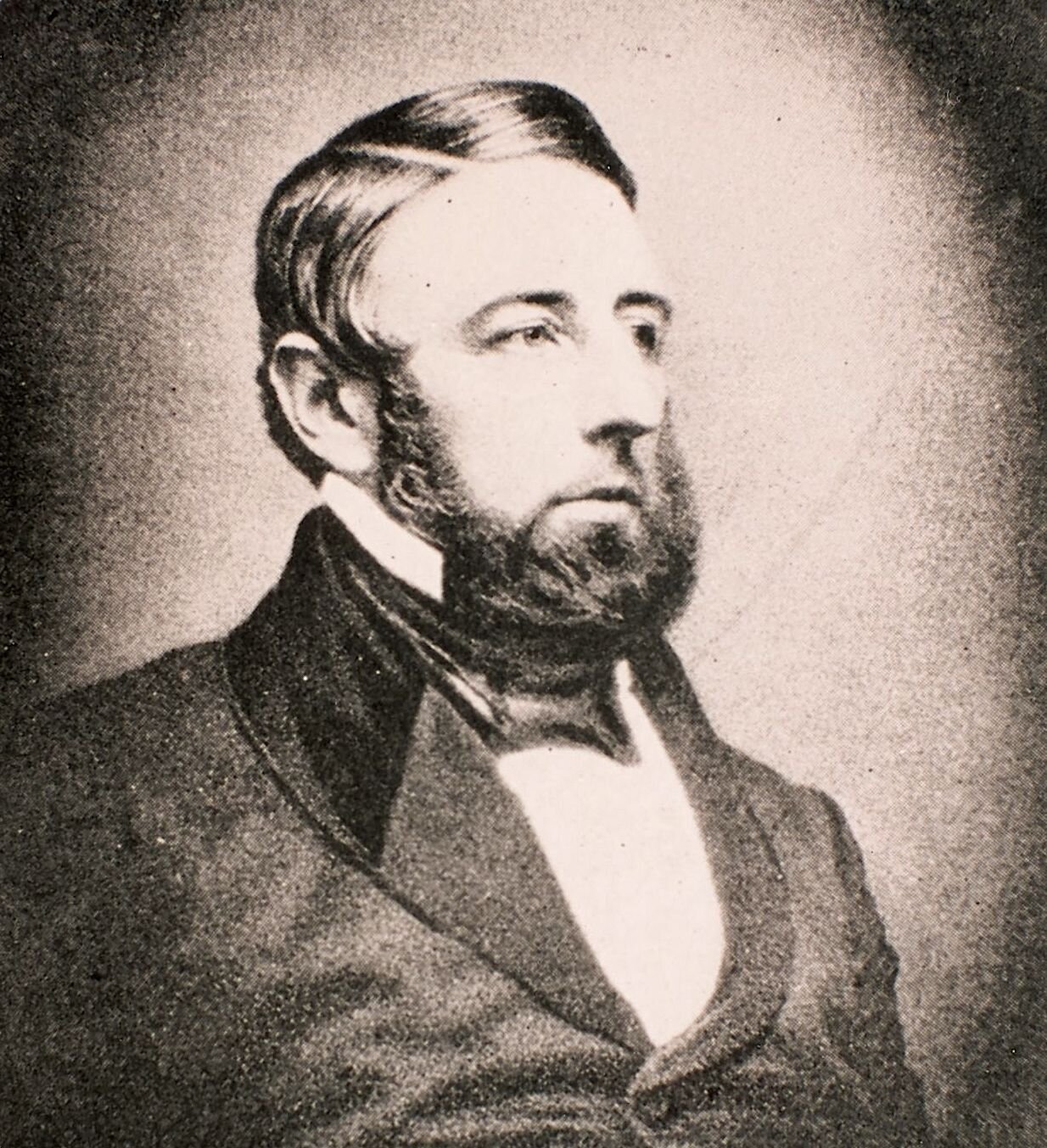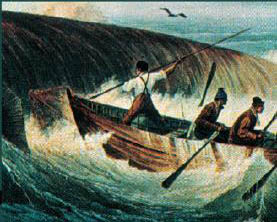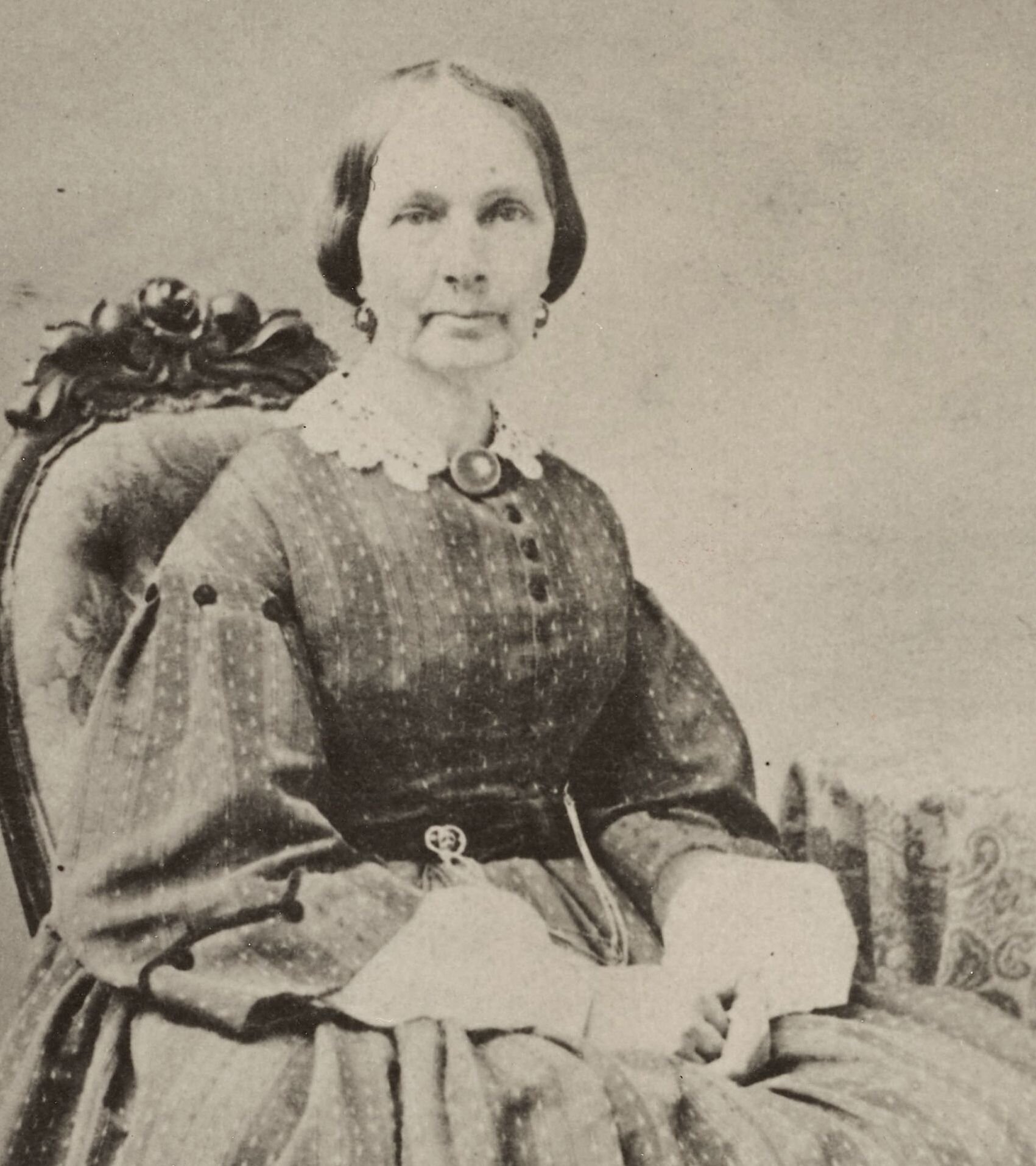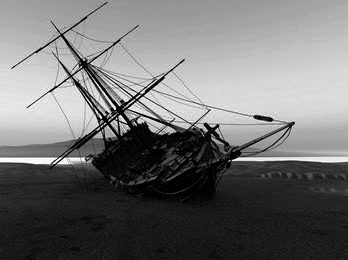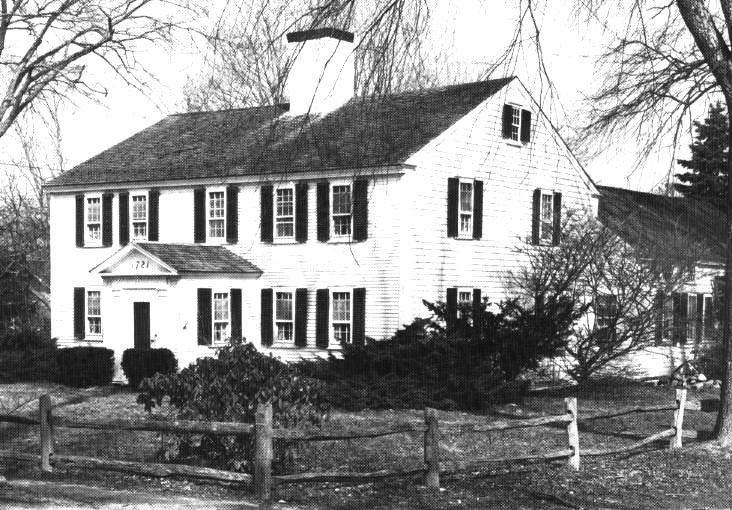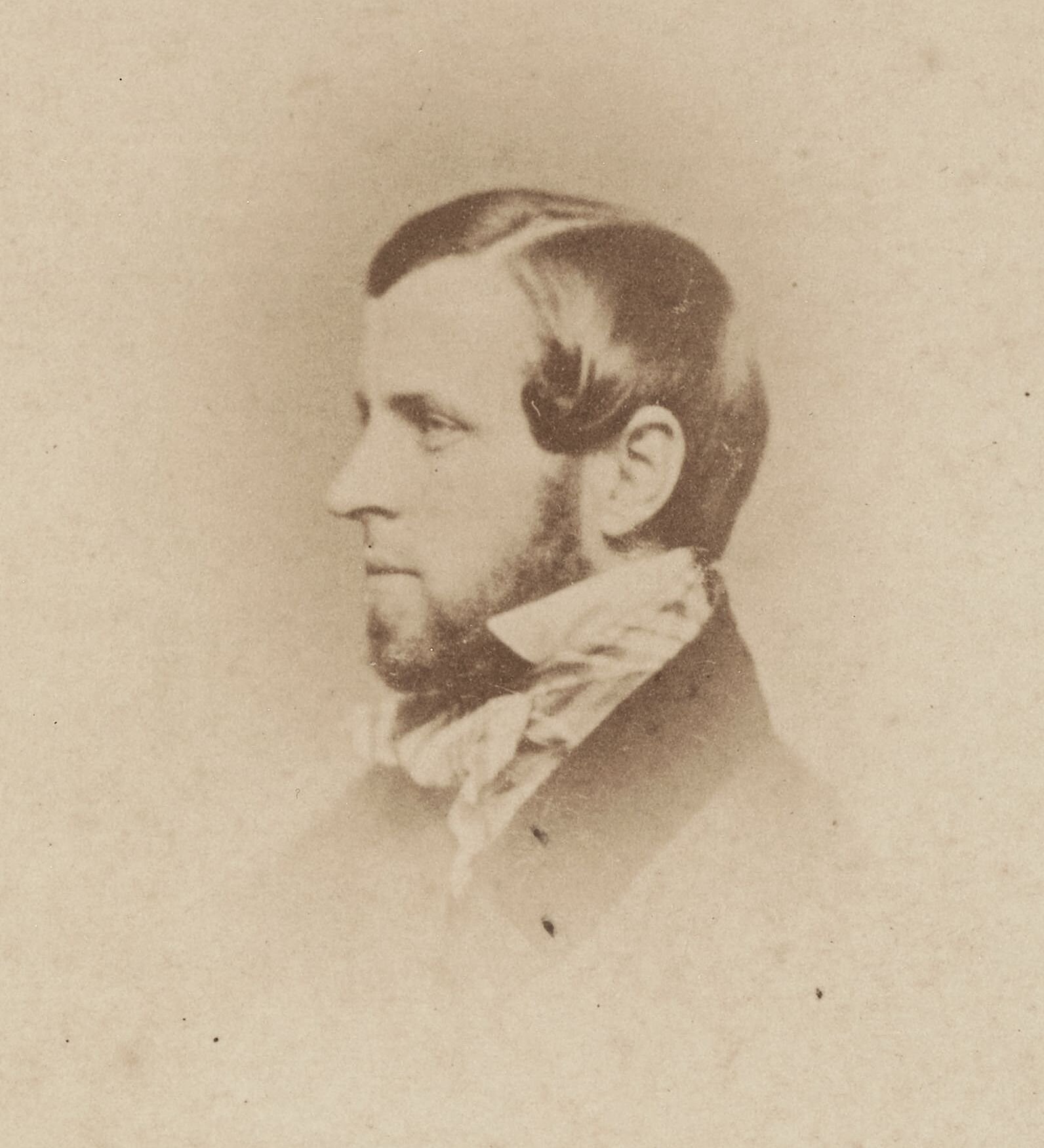History is partly about events—the battles, the epidemics, the earthquakes. But mostly history is about people and character. Or the lack of it. Those who rise
in the face of momentous events—to turn the tide in battle, sail safely through a perfect storm, or stand up for justice against overwhelming odds—become heroes and are forever enshrined in history. There are heroes here.
There are colorful characters, too. People who marched to a different drummer than the rest of their neighbors. How could we not find their stories interesting?
But history too often overlooks those among us who don’t call attention to themselves. Those who show up to do whatever needs doing without seeking accolades: Farmers who fed themselves and their neighbors during lean times. Workers who toiled in saltworks, cut ice, and crafted ropes and sails. Innkeepers who operated taverns where strangers could count on hospitality and a decent meal. Wives who bore and nurtured children only to see too many of them die before adolescence. These are the people who do the working, living, and dying
in every community. We'll introduce you to a few of them here as well. If they aren’t heroes, no one is.
Alas, not everyone is a hero. History rarely dwells on those who leave much to be desired in the character department. These are the scoundrels and scalawags who have been with us from the beginning. They're the con artists and connivers some would prefer to conveniently ignore. But we like our history told straight, not tarted up or swept under the rug. So we managed to include a few of those lesser mortals here also—the best of the worst—perhaps as a lesson to others.
Captain Asa Eldridge: The Lost Hero
of Cape Cod
Born in Yarmouth in 1809, Asa Eldridge grew up to become one of the world's greatest sea captains. Even today, he still holds the record for the fastest crossing of the Atlantic by a sailing ship, which he set on a run from New York to Liverpool in 1854. But this record is only part of his story, which includes voyages to numerous countries, command of Cornelius Vanderbilt's private yacht, an early move into steamships, and a mysterious end that eerily foreshadowed the Titanic disaster half a century later.
Captain Eldridge helped lead the rise of America's merchant fleet to a dominant position over Britain's in the decades following the War of 1812, creating the maritime trade that shaped America and set the stage for the international trade we take for granted today. Eldridge's accomplishments led to his being offered command of the Pacific, one of the fastest sidewheel steamships of the day, whose owner liked captains who worked their vessels for every ounce of speed.
In 1856, just two years after his record-setting run, on a transatlantic run west to America, the Pacific mysteriously vanished with all aboard, including the skipper. Some thought it may have hit an iceberg in the North Atlantic, taking 45 passengers and 141 crew to an icy death. In 1986 a fishing vessel snagged its net on the remains of the Pacific somewhere near the Isle of Man. Conjecture has it that its boilers exploded, causing the vessel to sink immediately with no survivors.
Sea captains may have led adventurous, even dashing lives, but the sea is an unforgiving master.
Ichabod Paddock: The YARMOUTH Maverick
Who Taught Nantucket to Whale
Whales have been harvested for centuries. Long before Europeans arrived on Cape Cod, native Americans harvested them close to shore. It wasn't long before the colonists began shore whaling, preying on whales so numerous at that time that it was said a person could practically walk across the Bay on their backs.
Ichabod Paddock, a Yarmouth man, improved upon the whaling methods of the day. He designed a fast, double-ended boat that could travel quickly in either direction and manned it with a crew of six, each with a specific assignment. He also posted lookout stations along the beach to spot whales more easily. He became so successful at shore whaling, he earned a reputation for himself and Yarmouth was recognized as a Whaling Port.
The folks on Nantucket realized they could not sustain themselves simply by farming on that tiny barren island. So they invited 28-year-old Ichabod to teach them to hunt whales, which he proceeded to do. Training crew upon crew in his methods, he almost single-handedly put Nantucket in the whaling business which it would dominate for 150 years. At its peak more than 200 of their ships sailed the oceans in pursuit of the mammals and their valuable oil. All the world depended on Nantucket's whale oil to light their lamps. In fact, after the American Revolution, the very first ship to sail up the Thames with the American flag flying was a whale ship from Nantucket containing 487 casks of whale oil with which to light London.
But Nantucket was settled by Quakers, and Ichabod had a penchant for making merry in the harbor with alcohol and young maidens. That did not go over well with his island hosts. So they booted him off and sent him back to Cape Cod.
Ichabod had the last laugh though. When oil was discovered in Pennsylvania the market for whale oil began to decline and never recovered. Now Nantucket is in the business of fleecing tourists.
Anna Hallet: Wife, MOTHER, Resilient woman
Anna Hallet, born Anna Eldridge, lived much as other sea captains' wives lived in the 1800s. Although her husband, Captain Bangs Hallet, was a respected and experienced sea captain they were far from wealthy; The Hallet family was middle-class.
With Bangs away on voyages to China and India for 16 to 18 months at a time, Anna was in charge. She maintained the household, grew food for the kitchen, prepared the meals, made clothing and raised her children. But like so many mothers of her day, she experienced the wrenching loss of a child more than once; six of her eight children died either at birth or a young age. Cape Codders are a resilient lot however. Anna succeeded in raising her two surviving daughters, teaching them to read and write, to cook and sew their own clothes, and develop the social skills young women of the day needed to be self-sufficient and make their own way in a daunting world.
Bangs and Anna were especially close and lived to celebrate their 50th Anniversary together. Anna once even accompanied Bangs on a voyage to India, enduring the same dangerous conditions and miserable diet that hardened sailors experienced on long voyages of the day: too much salted food and too little fresh fruits and vegetables. On that trip she fell ill and nearly died.
At the end of Bang's long ocean-going career, with both their daughters grown, the couple decided to downsize and moved into a smaller home where they lived for the remainder of their lives. They're buried in Woodside Cemetery in Yarmouth Port. Their home at 11 Strawberry Lane in Yarmouth Port—the Captain Bangs Hallet House—is now a museum that offers a fascinating glimpse into how the families of sea captains lived in the Golden Age of Sail.
Stephen Hopkins—The Yarmouth Man THAT Shakespeare MAY HAVE MADE FAMOUS
Stephen Hopkins led what can best be described as a charmed life. He was the only passenger on the Mayflower in 1620 who had been to the new world previously. On an earlier 1609 voyage destined for the Virginia Colony aboard the Sea Venture he was shipwrecked on Bermuda due to a heavy storm—and survived. While marooned there with others, he criticized the group's leadership, and was charged and found guilty of mutiny under punishment of death. Luck smiled on him again however, when others in the party successfully pleaded for his life to be spared. Later, after finally reaching the mainland, he served for several years under Captain John Smith in the British settlement of Jamestown, Virginia. He returned to England sometime between 1613 and 1617.
Not content with cheating death twice, Hopkins set sail again for the New World in 1620 on the Mayflower with his second wife and children. During the voyage, his wife gave birth to another son, named Oceanus. Hopkins was one of the forty-one signatories of the historic Mayflower Compact and may well be the only American ever mentioned by Shakespeare in a play. There is reason to believe that Stephano in “The Tempest" is based on Hopkins. The characterization is not especially flattering.
However, Hopkins' earlier experience with the Indians in Jamestown, which included learning their language, proved extremely useful in Plymouth. It was not by accident that the first formal meeting with the Indians in Plymouth was held at his house. Although not a Pilgrim, Hopkins was active in the affairs of Plymouth, eventually rising to become an assistant to the Governor of the colony.
In 1639, he obtained permission from the colony to build a house in Yarmouth (near Mill Pond in Yarmouth Port), and became the very first settler of the town.
Mary Dunn: RUMORED TO BE A WITCH—
Burned to Death
Myths surround this mysterious woman who lived near the road that now carries her name. Some claimed she was a freed slave. Others claimed she was a witch who was removed from a Swedish vessel after she caused it to come aground on Sandy Neck.
She was neither. Born Mary Boston in 1778 and of African and Indigenous descent, she married Thomas Dunn, a fisherman, in 1807. Together the couple cared for the black and Native American poor for the towns of Yarmouth and Barnstable. In the summer of 1832, her husband was lost at sea while fishing, one of the perils those who go to sea still face today. Their only child, Lucy, died in 1839. Journals record funeral costs of $1.00 for her hearse.
Like most people Mary lived on whatever produce her land could provide, but she was a pauper. Still, she earned a degree of notoriety for her "yarb" beer, which could have been nothing more than a homemade herb tea. But more likely it was a potent alcoholic brew, as mentioned in several tales of the period. It's possible that Mary provided both comfort and yarb beer for freed slaves who, after landing on the south shore of Cape Cod, passed "Mary Dunn's Road" as they made their way along the Underground Railway.
Mary Dunn was listed on the poor rolls of Barnstable, which entitled her to wood and supplies provided by the Overseers of the Poor. Being impoverished, Mary could have lived in an Alms House (a poorhouse) if she wished. But Barnstable's Overseers of the Poor, being somewhat enlightened in their views at the time, believed indigent residents possessed dignity and would much prefer remaining in the comfort of their own homes if they could. Ironically, this forward-thinking policy led to Mary's demise as she succumbed in a fire—not at the stake—when her house caught fire and burned in October of 1850, an all-too common occurrence at the time.
SQUIRE Elisha Doane: TAVERN KEEPER, HYPOCRITE, AND the RICHEST MAN IN MASSACHUSETTS
Few people in the early 1800s rivaled the success of young Elisha Doane. Born into an illustrious Cape family of modest means, Elisha was imbued with a solid New England work ethic. But it didn't hurt one bit that he married into a wealthy family. His bride's father owned a thriving tavern in the heart of Yarmouth and, due to the laws regarding property, he not only gained the assets of his wife's father but of her grandfather, the first owner of the tavern during the Revolution.
Elisha made the most of his good fortune. The tavern generated business by virtue of its role as a gathering place for business transactions, militia musters, and auctions of land, vessels, merchandise, and occasionally people as indentured servants. He also found himself perfectly positioned to take advantage of distress sales by good, but troubled, New England rum drinkers in his taproom. When customers paid their debt in Spanish dollars (which they often did), Elisha cashed them at Boston banks where they yielded him a 4% premium. Every activity of Elisha’s brought him income. Every month he filled a standing order for flour for wafers, wine for congregation use, and candles to the Meeting House—in which his son-in-law was pastor.
His commercial interests were many and varied. He was a tavern keeper, Justice of the Peace, rope walk owner, ship builder, storekeeper, insurer, ship owner, saltworks owner and merchant, fish broker and merchant, rum importer, salted fish exporter, landlord, money lender and mortgagor, master of indentured servants, gentleman farmer and dairyman, church deacon, politician, militia officer, organizer of Yarmouth's first library, stockholder in Yarmouth’s First Bank, and a shareholder in Bass River bridge, a Harwich factory, a Boston insurance company, the Cape Cod railroad, 10 Boston banks, five pews in the North Congregational Meeting House, Yarmouth Academy, the Boston and Maine Railroad, and a holder of New England state bonds. (Phew!)
Although not a seafaring man himself, Elisha insured more than 125 vessels and cargoes, acting with his sons as partners, and owned shares of another 55 vessels which ranged from brigs to schooners to packets to whaleships.
Indeed, given his innate entrepreneurial talents, it should hardly come as a surprise that at one time Elisha was reputed to be the wealthiest man in Massachusetts.
Yet in what must certainly be his greatest accomplishment, Elisha Doane—owner of the town's busiest tavern, a man who often paid his workers in rum instead of cash—astonishingly managed to become head of Yarmouth's local Temperance Society chapter! A supreme act of gall.
HENRY C. THACHER: IF ANYONE NEEDED IT,
HE SOLD IT
During the 1800s, Thacher became one of the most important people in Yarmouth by meeting the needs of the people of his community. His carefully recorded entries (in highly original spelling) of items he sold, reveal what people needed in the 1800s.
Thacher sold cotton, linen, silk, broadcloth, calico, and cotton “yarne”. He also sold thread, pins, buttons, ribbon, and even leather. Clothing was much more limited, with records showing that stockings, sometimes spelled "stockins", mittens, “showes” [shoes] and handkerchiefs being the chief clothing items. People made
the rest.
Customers bought foods of all kinds from Henry, too: flour, tea, coffee, "Chocklet" (chocolate), butter, cheese, eggs, sugar, salt, pepper, beans, corn, salt, spices, apples, and large quantities of "melases" (molasses), even spirits—especially rum; He sold quite a bit of rum since almost everyone in town seemed to drink it.
His was a nautical/hardware store as well. Need an anchor? Thacher carried them. Plus compasses, boards, nails, cordage, lead, and paint colorings so you could choose your own color. He also carried guns, flints, powder, shot, shovels, brooms, pots, pans, and glass. Along with that he sold spelling and "riting" books, quills, and hundreds of other items. They even had returnable bottles in those days.
Not everyone had money for the things they needed. So, being a good businessman, Henry even functioned like a bank, offering credit to his customers where he could. And he engaged in barter. By accepting payment in kind, he became a customer of his own customers during hard times.
Edward Gorey: AUTHOR AND ILLUSTRATOR
With A Penchant for UNSETTLing Humor
Celebrated author, illustrator, set and costume designer, and man of many talents, Edward St. John Gorey gave to the world over one hundred works. He is widely known for creating the pen and ink title animations for Public Television's Mystery series. But perhaps he is best known for his Gashlycrumb Tinies, an amusing, iconic alphabet book like no other. In it, Gorey introduces the individual letters of
the alphabet with a good, highly imaginative fright, for each—a device guaranteed to catch young readers' attention, if not send them scurrying under their beds.
The book opens with "A is for Amy who fell down the stairs; B is for Basil assaulted by bears" and goes rapidly downhill from there. Despite condemnation that it is too dark, the book really doesn't show anything all that horrifying, not even for youngsters. Gorey merely manages to set the stage for a series of impending horrors. The outcome is left to the reader's imagination to complete the tragic
end of the poor doomed character.
Edward Gorey died in 2000, but his illustrations and offbeat humor in countless publications brought him critical acclaim and an avid following that continues throughout the world. We encourage you to visit his former home, now a museum, right across the common from the Bangs Hallet House.


